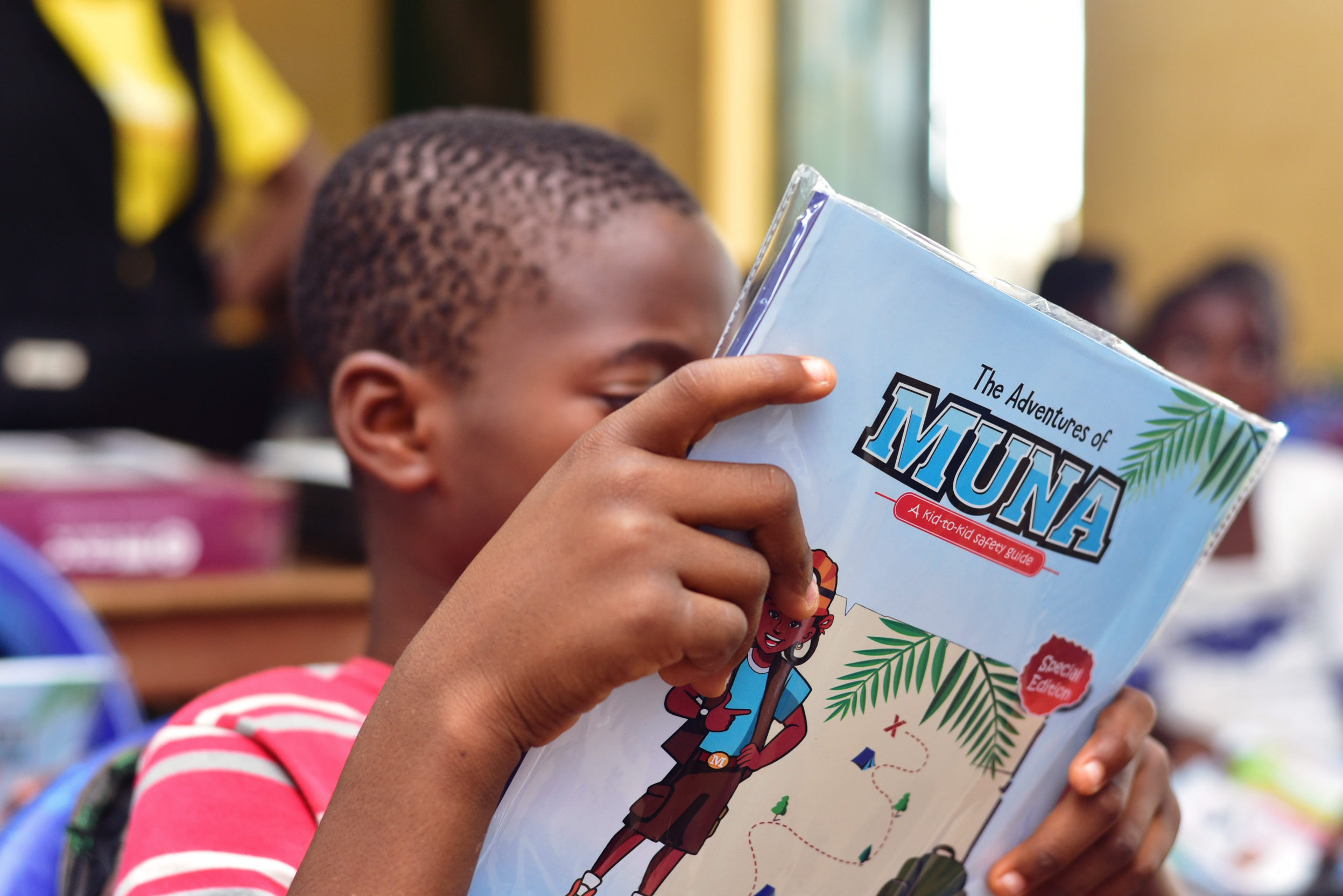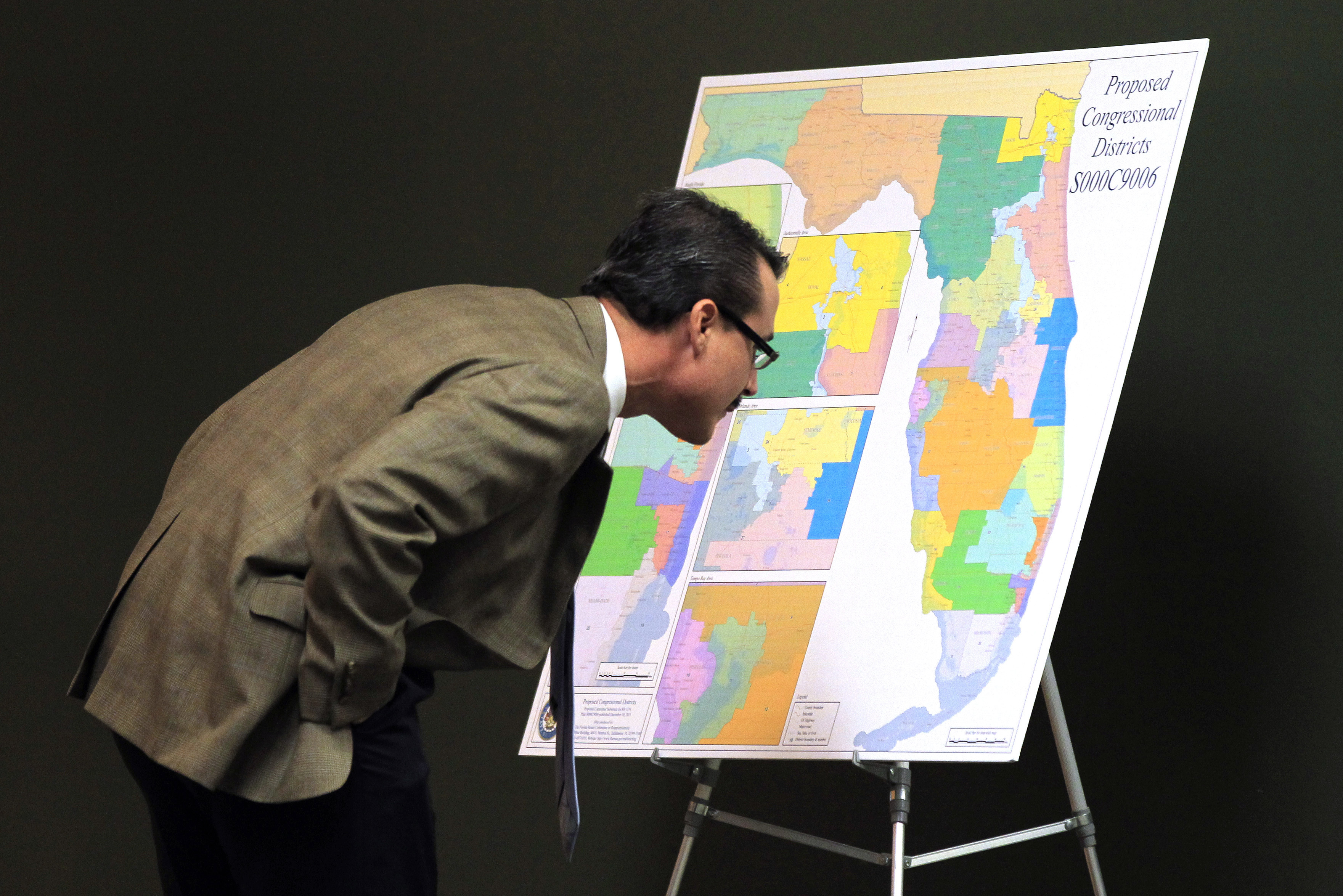By David Beech
Every four years, the political world makes a big fuss about the Iowa caucuses. Despite the news coverage, you may be confused about this event that gets presidential candidates to spend the better part of a year in the Midwest. Well, if you’re looking for an end to your confusion, you’ve come to the right place. As an undergraduate I led the Political Science Honors Society at the University of Iowa, where I took classes with professors who literally wrote the book on the Iowa caucuses. I was also a precinct captain for Martin O’Malley in 2016 (don’t worry I’ll explain what that is later). I know firsthand how the Iowa caucuses work — and why they’re so awesome.
So how are caucuses different than primaries?
A primary is just like any other election: The polls are open all day long, and voters go into a booth to cast a ballot for their candidate. A caucus is different. The Iowa caucuses all happen at the same time. This year, that time is Feb. 3 at 7 p.m. At that time, Iowans from across the state will meet at their local precinct location (often a school or church gym), with parallel events happening for Democrats and Republicans. Once everyone who chooses to participate has arrived and the number of attendees have been counted, representatives for each candidate — known as “precinct captains†(this was my role) — have the opportunity to give a short speech encouraging caucus-goers to support their candidate. Precinct captains are chosen by the campaigns for their eloquence, organizing ability and community activism.
At this point in the process, the structure changes depending on political party. Attendees of the Republican caucus write down their votes on paper and hand them in. The votes are then counted, with precinct captains looking on to ensure the process is fair.
The Democratic caucus is more complicated — and more fun. Instead of writing down their vote, Democratic caucus-goers group together with other supporters of their preferred candidate (there is also a group for those who remain undecided). At that point, the precinct captains count how many people are in each group. If a group has less than 15% of the room, that candidate is deemed “unviable†and those caucus-goers become free agents. This is where things really get fun. These free agents, and all others who are still undecided, are lobbied by their neighbors to join one of the other candidates.
This is as wild as it sounds, as the free agents are often surrounded by other caucus-goers in an effort to win their support. Their decisions are important: The free agents often hold a lot of power in determining the outcome of the caucuses. Once the free agents choose a new candidate to support, the groups are counted a final time. Delegates to the county convention are then divided out to candidates depending on the percentage of caucus goers in their group. County delegates go on to choose state delegates who then choose delegates to the Democratic National Convention in July. These delegates are what you see reported on TV at the end of the night.
Why is it so important?
To put it simply, the Iowa caucuses are the first opportunity for candidates to show that they can resonate with voters. A good showing in Iowa can boost a candidate’s media coverage, campaign donors, and national support. On the flip side, a poor showing in Iowa may doom a campaign. Invariably, at least a couple candidates will drop out of the race after Iowa. For those that continue their campaign, a poor showing in Iowa will make it more difficult to fundraise and garner media attention.
So if the state that goes first is so important, why Iowa? Well, no state is a perfect representation of the United States, but Iowa does have certain advantages that make it ideal to start the nomination process. It’s difficult to make an informed decision at the beginning of the nomination process when there are 10+ candidates, and it also takes dedication to stand in a gym for 1-2 hours on a Monday night. The unique caucus format and timing depress turnout somewhat, resulting in a relatively small group of caucus-goers who are highly engaged and informed.
Additionally, Iowa has a relatively small population of 3.2 million people who are well dispersed across the state. With a smaller population, candidates can reach every voter by holding town hall-style events in places like high school gyms, coffee shops, and even private homes. This allows caucus-goers to have intimate contact with candidates and ask them tough questions. In the lead-up to the 2016 caucuses I was able to take a photo with or of every Democratic candidate, along with six Republicans.
(story continues below)

David and Jeb Bush 
David and Bernie Sanders 
David and Marco Rubio 
David and Pete Buttigieg
Because of this personal access, caucus-goers don’t have to rely on the filters of media coverage or advertisements to make their decisions. TV advertising has little effect on the Iowa caucuses. Billionaire candidate Tom Steyer has spent more than $10 million on TV ads in Iowa, only to see his polling numbers stay below 3%. This levels the playing field as candidates are unable to rely on polished advertisements or name recognition. That’s how Barack Obama, a young Senator from Illinois, was able to beat the prohibitive favorite in Iowa and go on to win the nomination and the presidency.
Lastly, Iowa is a swing state, voting for the winning presidential candidate in 8 of the last 10 elections. Only 3 states have been more accurate. If a candidate can’t win support in Iowa, they probably won’t be able to win the electoral college. Clearly, Iowa is an ideal place for the presidential nominating process to start.
What do critics say about the Iowa caucuses?
Many people point out Iowa’s lack of diversity. The state is 90 percent white, which clearly does not represent the diversity of the country, or the Democratic Party. To be fair, though, every state skews demographics in multiple ways. Additionally, despite the limited diversity, Iowa has a long history of being at the forefront of social equality.
Another common critique is that candidates have to suck up to agricultural interests to perform well in Iowa. This critique holds little weight. Iowa does have a large farmer population, but 4 of 5 Iowans live in a city. Of course, candidates spend more time talking about agricultural issues than they would in a different state, but those issues still only play a minor role. Just ask 2016 Iowa Republican Caucus winner Ted Cruz, who promised to eliminate a huge federal regulation that benefits corn farmers.
‘The closest thing to true democracy’
Despite its flaws, the Iowa caucuses are a great way to begin the race for the presidency. They are the closest thing to true democracy America has. Well-informed voters who choose a candidate on the basis of their answers to tough questions, instead of their TV ads, meet face-to-face in their community to decide on the people and ideas that should lead our country. It’s the race for the presidency brought to a local level. In one word: Awesome.
Fun facts
- In 1972, Jimmy Carter finished second in the Iowa caucuses behind “undecidedâ€
- In 2015, I watched from 10 feet away as Marco Rubio hit a kid in the head with a football. A few hours later it was all over late night comedy. Watch the video here.
- Click here to see pictures of presidential candidates eating corndogs and other food on a stick at the state fair.
- Barack Obama went to my high school on caucus night in 2008.
David Beech is a native Iowan who worked for Martin O’Malley’s campaign during the 2016 caucuses. He is a second-year MPA student at NYU Wagner specializing in Social Impact, Innovation and Investment.




